Toronto, often deemed “the most multicultural city in the world,” is the largest city in Canada. There’s a thriving theatre scene here, with almost everything you could ask for, and the artists whose work we’re treated to are some of the best in the country. In this city series, you’ll hear from several of these theatremakers about the Toronto theatre landscape through their eyes. In this article, playwright and performer Rhiannon Collett talks about Toronto’s vibrant queer theatre scene and the power of imagination. —May Antaki, series curator
“We are in an imagination battle.” I wrote these words down last week while I was reading Emergent Strategy by adrienne maree brown. brown states that, as a queer Black woman, she often feels as if she is “trapped inside someone else’s imagination” and that she “must engage [her] own imagination to break free.”
As a white person, I benefit from the dominant narrative so many people buy into—a collective imagination that, as brown points out, perpetuates white supremacy, xenophobia, and borders. In the same breath, as a non-binary trans person in a diverse community of trans people, I am a constant witness and participant in the imagination battle around gender. When your community fluctuates between unseen and dangerously visible, imagination is a powerful thing.
I’m a queer theatremaker in Toronto, one of the largest and fastest cities in Canada. Living in Toronto is like having a constant adrenaline rush. The city works hard and plays hard. Rent prices are ridiculous, condos blossom out of dead DIY spaces, and access to nature is sparse—everyone you’ve ever dated can be found lying on the same yellow grass in the same public park all summer long. Success feels fragile, as does financial stability. Surprisingly, it is here that the “imagination battle” has come to the forefront in my life; as a Toronto-based artist, it is imperative that I carve out space to cultivate my imagination. In order to survive, I must dream of what I can be. As artists and queers, we are constantly resisting—resisting the destruction of sexual education, the closing of queer spaces, government cuts to Indigenous funding, an overwhelmingly white, cis, straight arts scene. The resistance is exhausting, but in the pressure cooker that is Toronto, I have witnessed many queer artists’ imaginations transform into calls to action with what little resources they have.

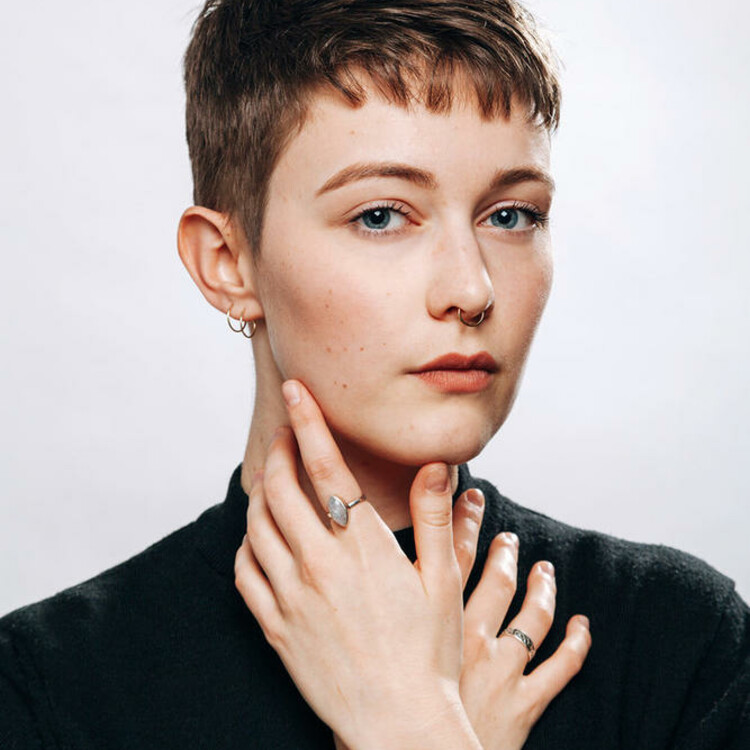
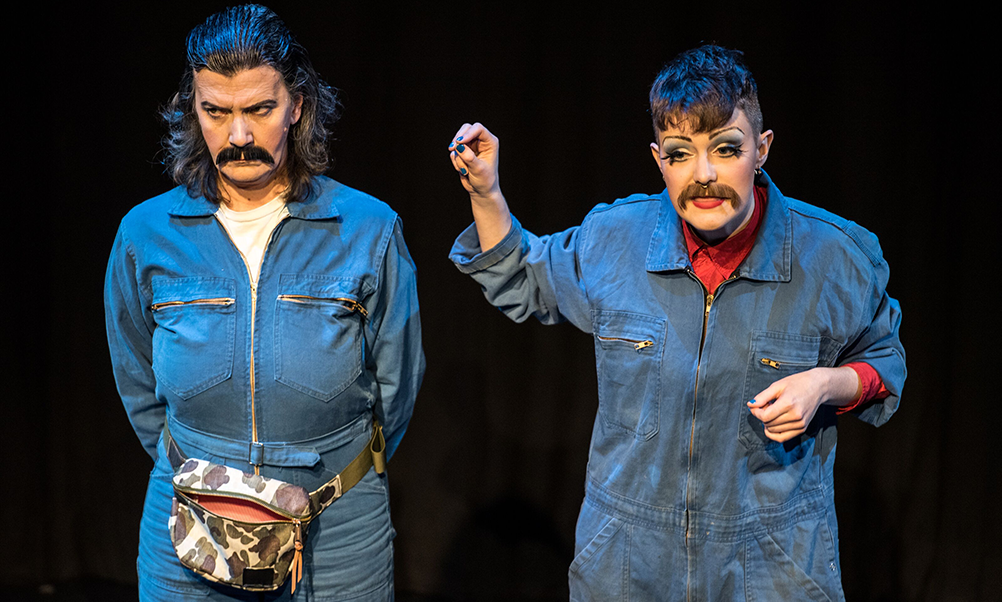
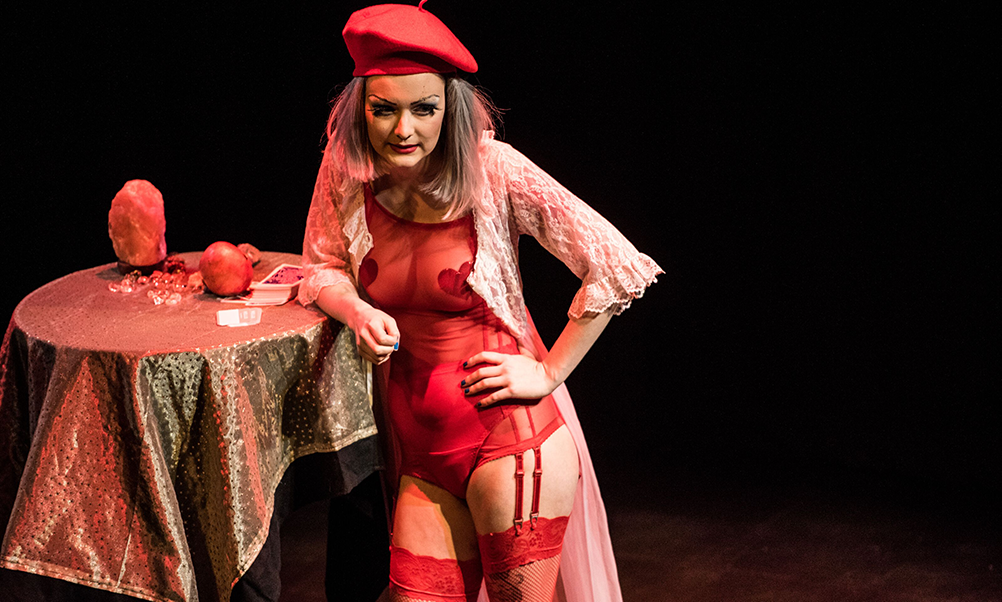
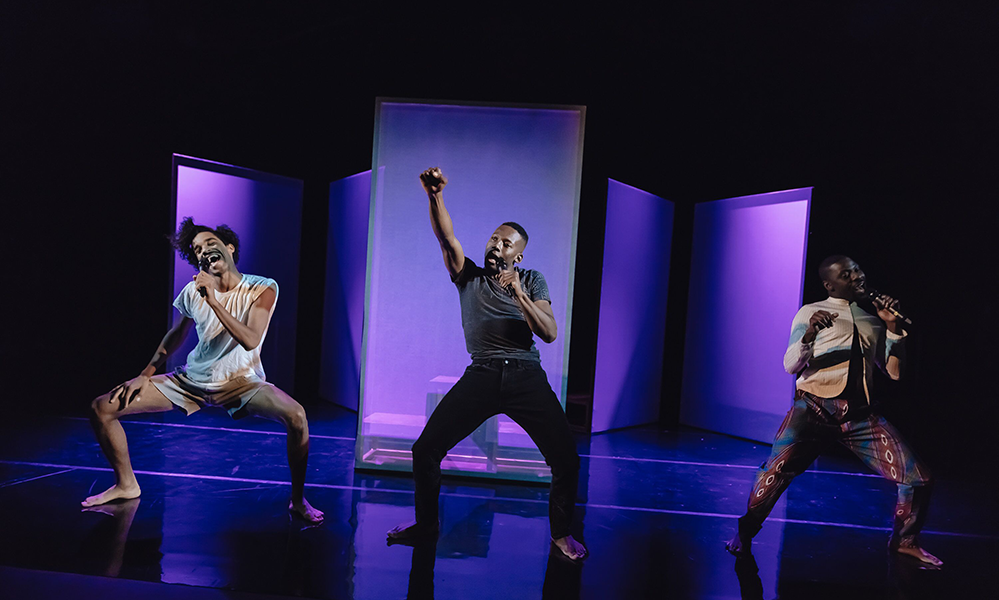
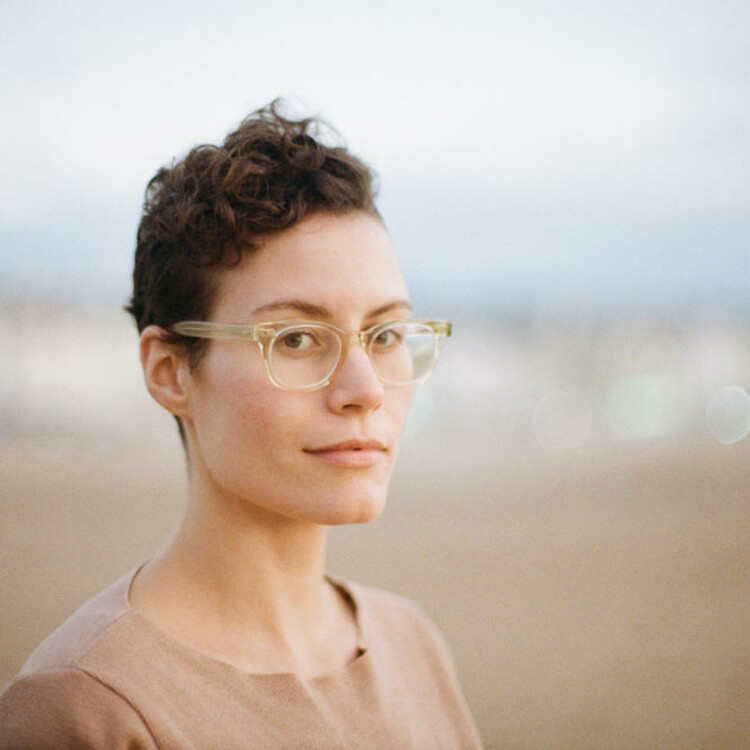



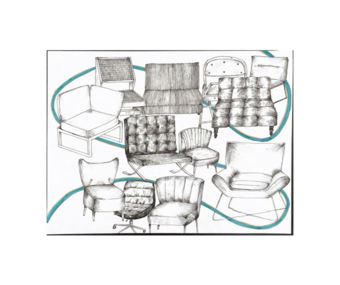


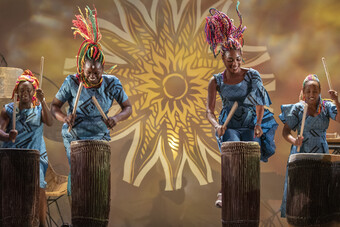

Comments
The article is just the start of the conversation—we want to know what you think about this subject, too! HowlRound is a space for knowledge-sharing, and we welcome spirited, thoughtful, and on-topic dialogue. Find our full comments policy here